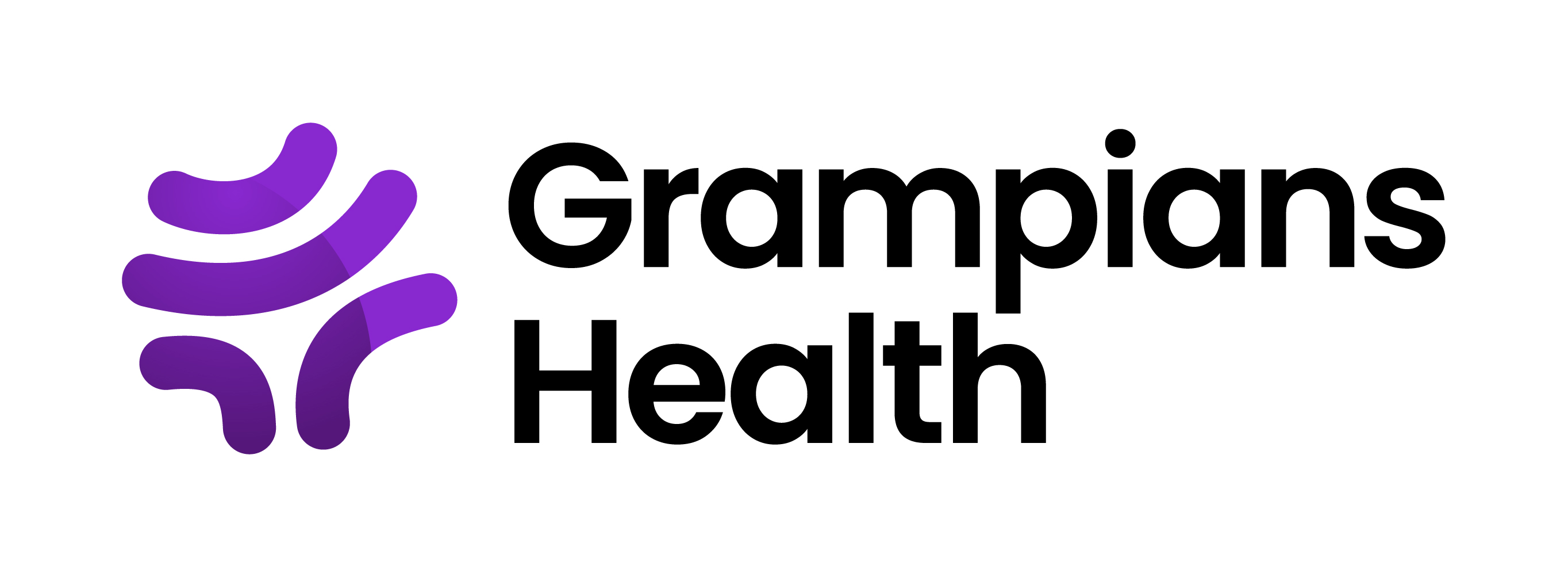Please use this identifier to cite or link to this item:
http://hdl.handle.net/11054/1257| Title: | Improved assessment, diagnosis and treatment times for acute stroke: Interim results from the Pulsara smartphone communication app. |
| Author: | Bagot, K. Cadilhac, D. Smith, K. Bernard, S. Kim, J. Coupland, T. Pearce, Debra Putland, M Budge, M. Naduratu, V. Pearce, W. Hall, H. Kelly, Ben Spencer, Angie Oqueli, Ernesto Sahathevan, Ramesh Kraemer, Thomas Hocking, Grant Stub, Dion Bladin, C. |
| Issue Date: | 2018 |
| Conference Name: | Stoke 2018 – Bridging the Continuum. |
| Conference Date: | August 7-10th |
| Conference Place: | Sydney, New South Wales |
| Abstract: | Background: Rapid delivery of acute stroke care relies on interdisciplinary communication including between in-field paramedics and multiple hospital clinicians (emergency, medical, neurology, radiology). Assessment, diagnosis and treatment delays may occur with various communication systems and clinical information repeated between the different organisations/hospital departments. Aim: To determine if a smartphone communication app can improve clinical care timelines for patients with suspected acute stroke. Method: The PulsaraTM Stop Stroke/STEMI smartphone and tablet app (Pulsara) was implemented pre- (25 Ambulance Victoria branches) and within-hospital (2 hospitals in regional Victoria, Australia). Pulsara provides secure, simultaneous, two-way, real-time communication. Using a 12 month pre-post historical-control design, pre-hospital and hospital assessment and treatment times for patients with suspected acute stroke were captured; data collection is ongoing. Preliminary results compare timelines if Pulsara was initiated (Pulsara) or not (no Pulsara) (hospital 1: 22/08/2016-21/02/2017; hospitals 1 and 2: 29/05/2017-31/10/2017). Results: Similar samples (no Pulsara/Pulsara: n¼81/n¼185, both median 75 years, 52%/48% male) with Pulsara initiated by paramedics (n¼115) and Emergency Departments (n¼70). Faster paramedic hospital-arrival-to-departure by median 10 minutes (no Pulsara: 55 minutes [IQR:43–64]; Pulsara 45 minutes [IQR: 35–55]). Faster emergency department door-to-first-medical-review time by median 18 minutes (no Pulsara: 23 minutes [IQR: 6–65]; Pulsara 5 minutes [IQR: 1–11]) and faster door-to-CT completed by median 51 minutes (no Pulsara: 81 minutes [IQR: 39–145]; Pulsara: 27 minutes [IQR: 17–42]). All thrombolysis cases used Pulsara (n¼38). Conclusion: Results show consistent improvements in timelines when Pulsara is activated. This is the first time Pulsara has been successfully implemented outside of America. |
| URI: | http://hdl.handle.net/11054/1257 |
| Internal ID Number: | 01257 |
| Health Subject: | PULSARA ACUTE STROKE THROMBOLYSIS SMARTPHONE COMMUNICATION APP |
| Type: | Conference Presentation |
| Appears in Collections: | Research Output |
Files in This Item:
There are no files associated with this item.
Items in DSpace are protected by copyright, with all rights reserved, unless otherwise indicated.
